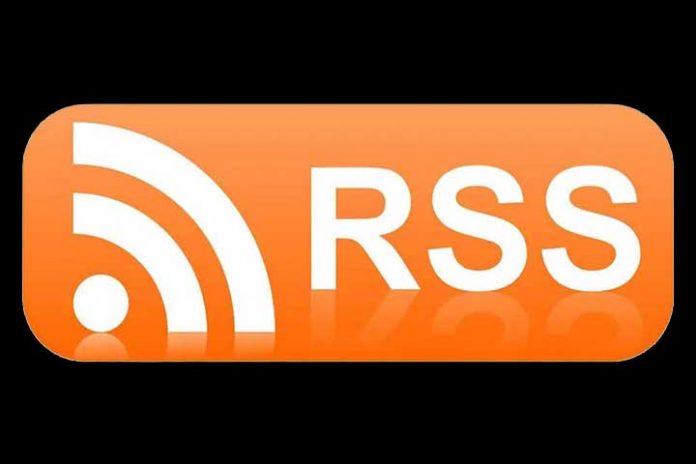Have you ever come across a site with an orange logo and wondered what it meant? Perhaps you have also heard of the concept of RSS feeds? But again, this term is not familiar to you. Don’t panic, we’ll help you find it. Thanks to this article, the concept of RSS feeds will no longer be foreign to you. Indeed you will know everything: its definition , its usefulness and its operation. But above all, you will see that it is a device to apply to optimize your watch.
What is an information watch?
Creating a monitoring device is very important in business. This is a very beneficial process for anticipating market developments and making strategic decisions within a company.
This device is useful for all departments of a company. Indeed, there are different types of monitoring: technological, commercial, design, marketing, legal, scientific, etc. Monitoring helps companies keep up to date with the latest news and new trends. Thanks to all this research, companies will be better able to respond to new developments and detect opportunities.
For example, if a company wants to enter a new market, it will first study the entire environment of the new product or service and carry out research to collect information about the positioning and offers of competitors. .
If you want your monitoring to be effective, it is a good idea to equip yourself with monitoring assistance tools.
Among the many monitoring tools, there is the RSS feed. The latter is fundamental to optimize your monitoring and therefore help you save time in your research.
What is an RSS feed? Definition
It is a web content syndication language. What is web content syndication? It is the fact of finding the content of a web page on other sites.
More simply, the RSS feed (Really Simple Syndication) is a monitoring technology that allows you to find all the published content of the sites that interest you in one place: the content aggregator or the RSS feed aggregator. This RSS feed aggregator can be a website, an application or a browser extension.
Thanks to this technology, you will be able to access all the articles posted by these sites. It’s a bit like the news feed of social networks, all the content of the people you follow are found on this feed. It is therefore a means of subscribing to the publications of a site or a blog.
What is an RSS feed used for?
The use of RSS feeds is an asset for optimizing and automating monitoring. All the content you have chosen to view is automatically generated and filtered in the content aggregator. This leads to time savings, no need to visit each site to see if new articles have been created.
The RSS feed can be useful for you to follow all the news on a specific topic. Let’s take an example. You are a company that sells spare parts to car manufacturers. You will therefore be led to follow the news on the automotive field to anticipate actions that could impact your business and know the evolution of the sector. By using RSS feeds, you can choose the automotive newspapers or magazines that interest you and follow the news efficiently.
How to save an rss feed?
To use RSS feeds, all you have to do is paste the URL of the RSS file into the aggregator. Some aggregators have an internal search engine to find the RSS feed of the site to which you wish to subscribe.
But if they don’t offer one or the sites whose content you want to track aren’t listed, follow these methods to find the link to paste:
- When you want to follow content on a site, look for their social media logos. If you find an orange logo (logo at the beginning of the article), copy the link.
- Not all sites display the RSS feed logo. The other method is to look in the source code of the page. Right click on the site, click Page source code (or shortcut ctrl + u). If you’ve never seen lines of code, don’t panic! Do Ctrl + F to search the page. A search bar appears, all you have to do is type “RSS” or “feed” + enter. If the site has an RSS feed, the search will tell you so and you just have to copy the link. (The link usually ends with /feed).


